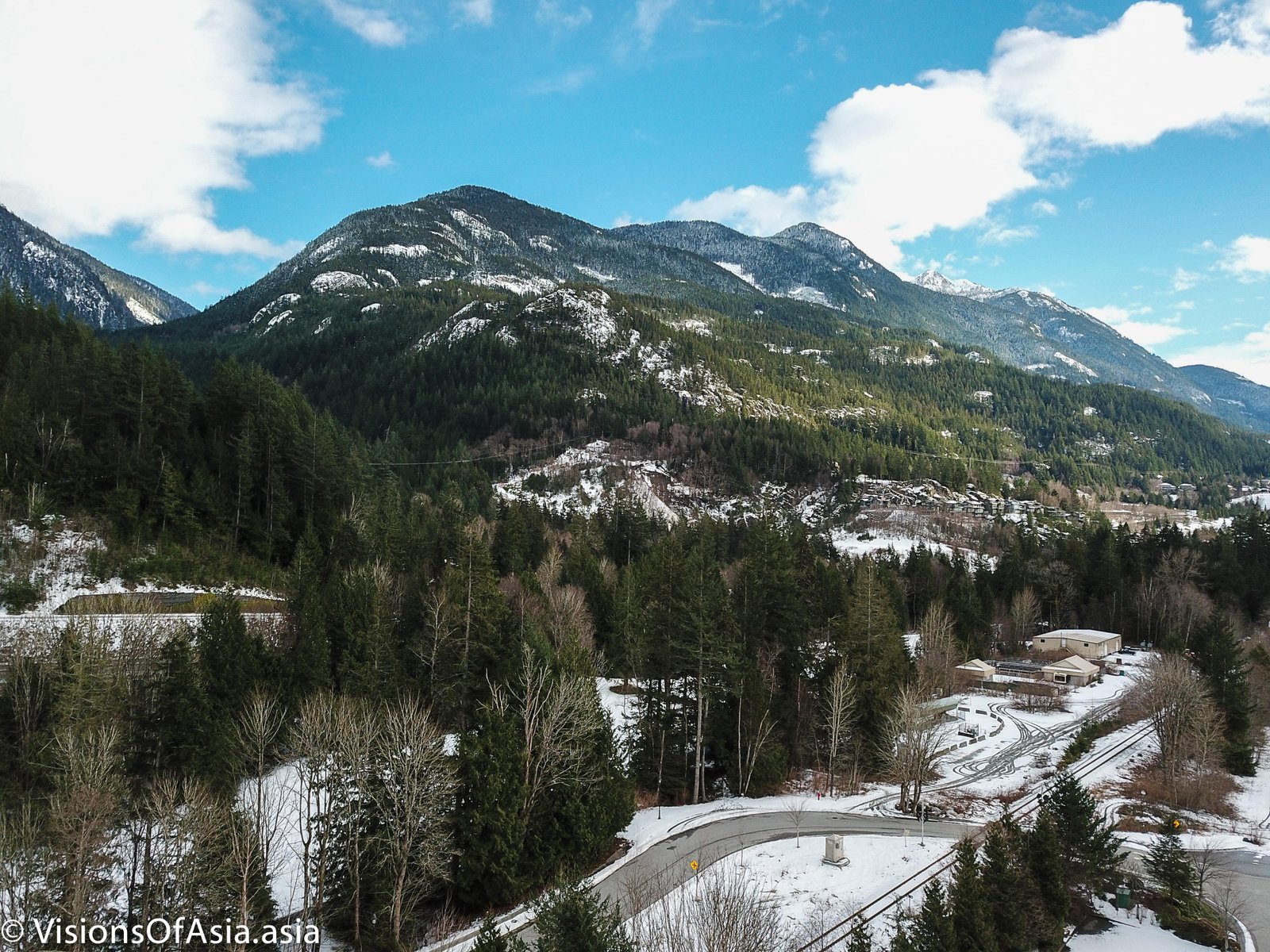A recent trip to Canada and the USA was the occasion of discovering that the explosion of the number of drones has triggered increasingly stringent regulation.
After very mediatized incidents of drones being flown near to airports and other unsafe conduct from recreational drone pilots, the calls were general for more regulation. This, while drones continue being a hot market item (easily bought at Best Buy in Canada, or even on the web site of DJI).
It is true that the explosion of recreational drones has had as consequence a lot of irresponsible behavior by unprepared pilots who do not take enough precautions a). to avoid disrupting major aviation activities; b). to avoid endangering others while learning to master their machine.
It is also true that there are not enough schools to learn how to fly safely a drone, short of taking piloting courses. So, most novice pilots are left to their own devices, and if they lack some obvious common sense, they can become dangerous for others.
From one excess to another
Nevertheless the regulatory answer to these excesses and this mass market explosion of drones (most coming from China, by the way) has been marked by another excess.
Taking the example of Canada, for example, no flight can take place within less than 9 kms from any airport (in Hong Kong, it is just 5 kms). And given some areas of Canada are literally littered with airports or seaports, this makes it almost impossible to fly legally. Let’s not even mention the natural parks where flying drones is also restricted. You cannot fly above 90 m, you cannot fly within 75 m of a house, a person or an animal. So, to find a place to fly a drone, you should just go to the middle of a forest far from any civilization. Oh, and your name, address and phone number must be present on the drone.
That’s not nearly as bad as the USA, where, if you are not registered with the FAA, you cannot legally fly a drone at all. The consequence was that I carefully avoided taking out my drone while in the US. In France, no flight is allowed above cities and areas you can fly a drone into are very reduced.
Consequences of over-regulation
The fines, in Canada are pretty hefty, reaching up to 25,000 CAD if Air Canada finds you in violation of its regulations. “No drone” signs are now found even on some bridges, and flying in a city is basically impossible. I did however see a Chinese guy taking his Mavic Pro up in the airs at English Bay, for a very short while. The picture that was basically the same as he could have taken with a DSLR. Still, he was in violation of the Canadian laws.
While the sale of drones has not been regulated, the profusion of these prohibitions has as practical effect: it clips the wings of anyone wishing to try these gadgets. Drones are lovely tools to take spectacular photos, but they must be used responsibly and with care. The problem is that everything has been focused on prohibition and banning whereas the real answer would be education. On the other hand, drone pilots are always looking for the most spectacular footage, sometimes taking absolutely stupid risks. This footage being an example in point.
In the USA, “education” has been answered under the form of obliging every drone pilot to register themselves after following extensive courses and to pass an examination to become a drone pilot. The positive side of this is that basically you are taught a job and can get one after this course. The negative side is that such courses are very expensive.
A middle ground?
While flying my drone, I am often approached by amateurs who wish to purchase a drone too. I do notice that there is some surprise when I advise them that I must take some precautions when flying, check wind speed etc. So, education is definitely a must for drone pilots, even if many rules are simple common sense. For instance, asking bystanders to stand clear of the landing area, checking for electric wires, etc, having an idea of where you are going to fly your drone. I also see some drone pilots flying dangerously (out of line of sight, near electric masts, etc). At the same time, not every recreational drone pilot needs to be versed into UAV piloting rules.
A simple obligatory course in elementary flight safety rules, piloting course and emergency procedures would be sufficient for the vast majority of recreational drone pilots. The problem is that with every stunt pulled by an irresponsible drone pilot, we end up closer to extreme regulation and prohibition.

